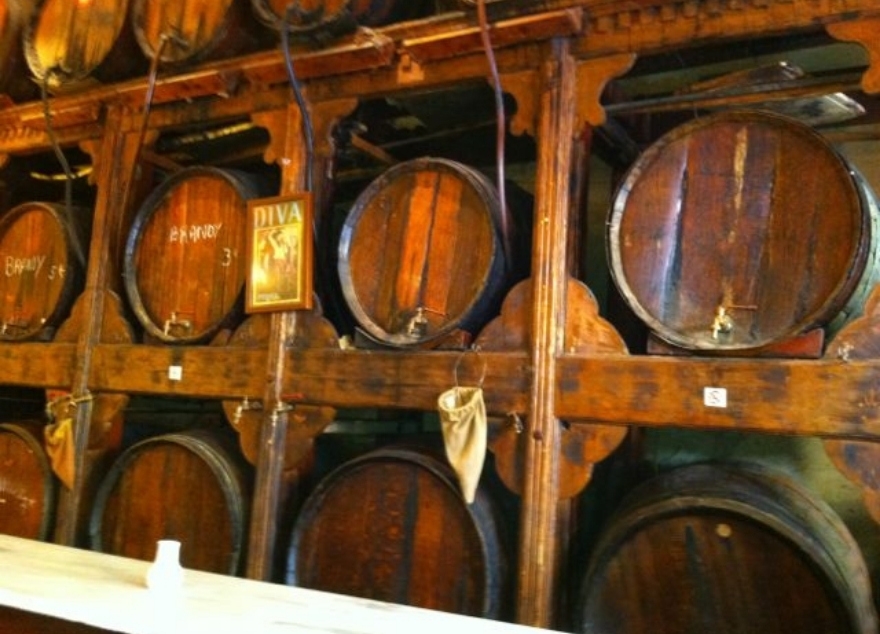Greek wine History

The wine history in Greece.
The ancient Greeks loved to drink wine. It is no coincidence that they were passionate about the god of wine, “Dionysus,” a smart, lively and erotic deity. The rich iconography of pottery found in the area of Attika indicates the breadth of the worship of Dionysus.
Greek drama/tragedy competitions, the leading artistic expression of the time, were also born from the Dionysian dithyramb. Numerous celebrations took place and most were dedicated to the god of Dionysus. They included both small and large Dionysia, where theatrical events and competitions took place. Furthermore, the symposiums were an opportunity for intellectual discussions and the exchange of ideas, generated by the ceremoniously consumed wine.
Greek viticulture has proud, ancient roots. It goes back to the Neolithic period; however, its greatest growth took place between the 13th and 11th century BC. The favorable soil and climate conditions of Greece allowed the widespread culture of the species “Vine or Oinoforos” (Latin Vitis vinifera, English grapevine).
The ancient Greeks grew grapes and produced distinctive wines as noted by esteemed writers – from Homer in the “Iliad” and “Odyssey” to Platon and Xenophon in their “Symposium.” According to historians, some of the most famous areas for wines were Thyra and Crete, both known for their sweet and soft wines; Cyprus and Rhodes for their fine wines; the island of Lesvos for fragrant wines; Corfu for vintage wines; and the famous Arousios Chios. Those and many more were among the best-known wines, according to texts of that era.
The mode of production of wine in ancient Greece did not differ significantly from current practices. It is noteworthy that texts of Theophrastus, which have survived, contain information about farming practices. The Greeks also understood the aging process of wines. They stored wines in large clay jars sealed with plaster and resin. The wines were then bottled in utricles or in sealed clay amphora smeared with tar to keep them airtight. They also had special receptacles for both mixing and for cooling wine.
We know that the ancient Greeks were aware of the value of trade, and their exports were extremely well organized in those years. In exchange for wine and oil, they imported cereals and gold from Egypt and other areas of the Black Sea, copper from Cyprus and Syria, and ivory from Africa.
Ancient Greeks drank their wine by mixing it with water. Usually the ratio was 1:3 (one part wine and three parts water). The Greek word “κρασι” (krasi), which means wine, indicates specifically that the wine is mixed with water. In contrast, they called unadulterated wine “άκρατος” (akratos). The wine that was not mixed with water (akratos) was considered harsh and was used as medicine or as a tonic. The average ancient Greek’s breakfast was bread soaked in “akratos.” However, this was the only time of the day that they drank wine without water. The consumption of wine mixed with honey or herbs was also widespread. Another well-known method also was the mixing of absinthe with wine (so-called “Hippocrates’s wine). Today, some Greek wines are still mixed with pine tree resin and known as “retsina.”
The wine of ancient Greece was considered one of the five key elements of the diet – along with water, salt, olive oil and cereal. It was also closely associated with culture and religion, as it is to this day.

